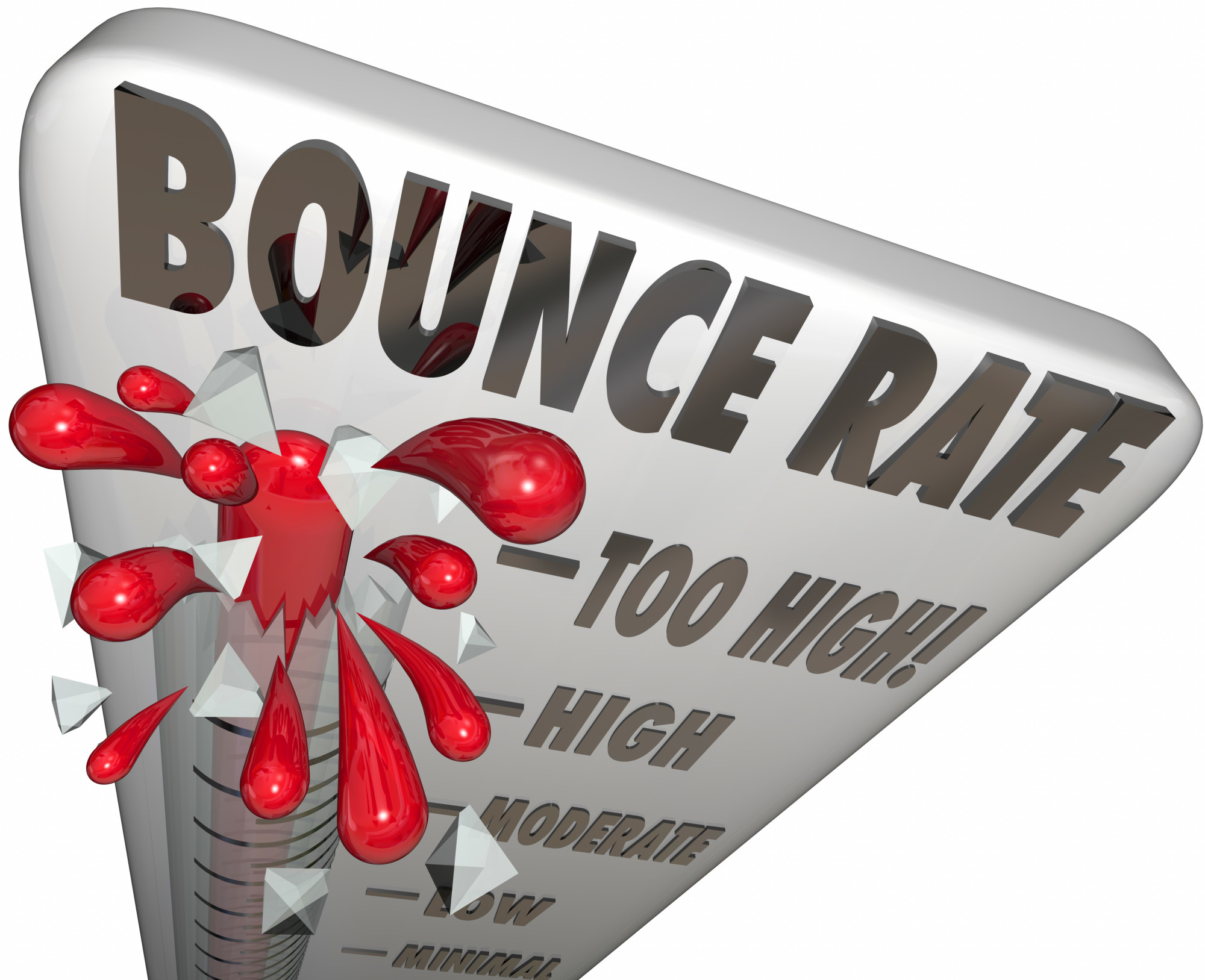Have you ever dropped, say, a chip on the floor and one of your friends quickly said, “Five-second rule!” They meant for you to eat the chip rather than toss it.
For the sake of this scenario, you heartily agreed with your friend, picked the chip up off the ground, blew on it for good measure, and ate it. No harm, no foul.
Well, consider your bounce rate like that chip on the floor—instead of five seconds, you’ve got fifteen. That’s because the average web user will leave your site between 10 and 20 seconds if they don’t like what they see. If your page isn’t user-friendly, easily navigable, or loaded with content, readers have no reason to stay.
In this guide, we explain how to reduce bounce rate. We touch on managing expectations, improving your backlinks, and diversifying your traffic-generating pages, among other things. Keep reading to learn how to snag your target audience’s attention.
First: A Brief Look at Bounce Rate and What It Means
According to Google, a single-page session on your site counts as one bounce.
When your bounce rate is high, that means a web user pulled up one page of your site, such as the homepage, and then left your site without pursuing further action.
So, instead of clicking on your products, services, or blog page—they left.
Does Poor Bounce Rate Harm Website Performance?
A high bounce rate isn’t always bad, but for the most part, businesses don’t want that.
For example, if your site set-up relies on the reader pursuing other gateways, such as your Contact page, then a high bounce rate is bad. It doesn’t really matter if your site is a one-page operation, such as a blog.
Often, though, if you’re investing in these SEO strategies, you’re hoping to move your clients through a sales funnel and ultimately reach out to you.
Reasons Your Readers May Be . . . Bouncing
It helps to consider this question like an exercise.
Put yourself in the shoes of an internet user (not an unlikely scenario, to be sure!). What reasons would you have for leaving a site almost immediately? Why would you seek out another authority?
Some reasons are subjective, such as a website that’s visually unappealing to one person but aesthetically pleasing to another. Other reasons are more objective—for example, a site is very slow-loading and causes a reader to find a website that loads much faster.
Some cases are aggravating for the reader. We flesh that out below.
Let’s say you have a backlink on another page, but the anchor text implies something different—in this case, let’s pretend the link says, “lunch delivery near me.” When readers click the link, and it brings them to an unexpected page—i.e., leads them to a dinner recipe on your site—they’ll feel tricked. They expected to find a list of lunch options, but instead, they were brought to a page about cooking at home.
In this way, you can manage expectations and improve your backlink portfolio. Ensure your readers are getting what they came for—no more, no less. Consumers respect honest companies that provide transparency and value. If you’re doing something different, they’ll figure it out sooner than later.
Other reasons people might leave your site too soon include other misleading information on your site (such as blog titles, section names, etc.), 404 errors, affiliate sites with little value of their own, or a poor offering of content.
Actionable Methods for Lowering High Bounce Rates
Once you’ve done the first step—identified why your readers are leaving your page—you can begin to take action. If you’re still unsure of why you have such a high bounce rate, consider reaching out to an SEO expert that could look at your page from an unbiased and marketing savvy perspective.
So, if your site has slow loading times, how can you make them faster? If your blog is slim with content, how can you beef it up? If your site has 404 errors, misleading backlinks, or other technical problems, can you fix them?
Doing all these things first will help your page overall, but specifically with the bounce route. When your readers can quickly find your contact page, they’ll be more inclined to reach out. If your contact page leads them to a newsletter sign-up, you’re sure to instill some frustration.
Another fantastic method includes diversifying your traffic-generating pages. This point may seem odd—the more fish in the sea, the more opportunities to catch, right?
Instead, you’ll be sending more people away. While you’ll keep the select few on-board that meant to come there, the others with no particular interest in your niche will move on. Rather than targeting everyone you can, keep your traffic-generating pages broad but under one scope or industry.
From Bouncing to Pouncing
If you’re producing high-quality content on a user-friendly page, there should be no reason for high bounce rates. If your site is mobile-friendly, easy to navigate, and full of information, your readers will stay there and click on, and on, and on.
On the other hand, if your page is experiencing high bounce rates, that’s a sign you should change something. Evaluate your page with the guidelines we’ve given you here today. Let the numbers speak for themselves—your readers need improvement, and it’s up to you to give it to them.
We at Otaliems Academy can help reduce your bounce rate and so much more. For everything SEO, click here to book an appointment with us.
We’ll get your website and your business where it needs to be.
